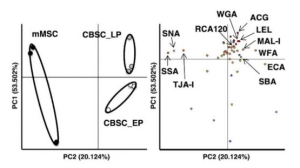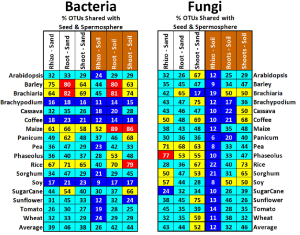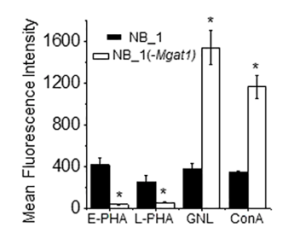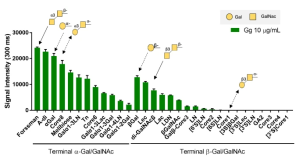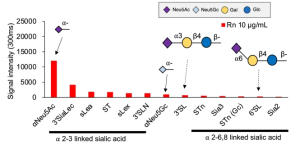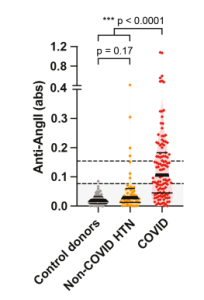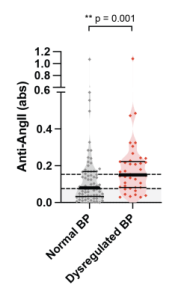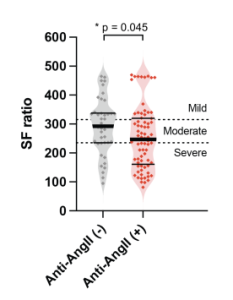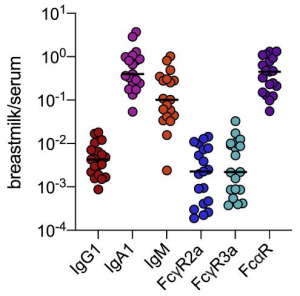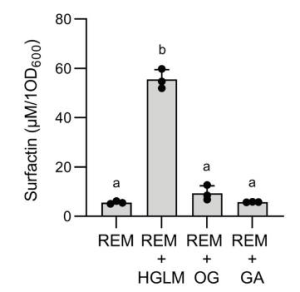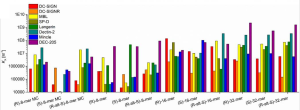Cortical-bone-derived stem cells (mCBSCs) treatments effectively improve myocardial structure and functions after myocardial infarction compared to MSC: Difference in glycosylation
A group from Research Team for Geriatric Medicine (Vascular Medicine), Tokyo Metropolitan Institute of Gerontology, Japan, etc. has reported that cortical-bone-derived stem cells (mCBSCs) treatments effectively improve myocardial structure and functions after myocardial infarction compared to MSC.
https://www.ncbi.nlm.nih.gov/pmc/articles/PMC8584423/
Recently, it have been shown that mouse cortical-bone-derived stem cells (mCBSCs) improve cardiac remodeling and functions. The mCBSC-treated hearts showed increased neovascularization, and newly formed cardiac myocytes were also observed. mCBSCs produce a unique combination of immunomodulatory and angiogenic and proangiogenic factors, which may be the reason why mCBSCs were more effective in improving the post-myocardial infarction hearts compared to cardiac-derived stem cells and MSCs.
The self-renewing ability in mCBSCs was higher than that in mMSCs, but the mCBSCs exhibited only chondrogenic differentiation, while the mMSCs exhibited adipogenic, osteogenic, and chondrogenic differentiation. It was also found that mCBSCs secrete a greater amount of TGF-β1 compared to mMSCs, and that the TGF-β1 contributed to the self-migration of mCBSCs and activation of fibroblasts. Migrated CBSCs expressing TGF-β1 may contribute to converting cardiac fibroblasts into myofibroblasts at an infarcted site.
As for cell surface glycans, the relative intensities of three lectins WFA (lacdiNAc), ECA (lactosamine-binding lectin), and MAL-I (α2-3 sialic acid binding lectin) in mCBSCs were higher than those in mMSCs. Moreover, the relative intensities of the three lectins, SNA, SSA, and TJA-I (α2-6 sialic acid binding lectins), in mCBSCs were significantly lower than those in mMSCs. It was considered that this lower expression of α2-6sialic acid may be an indication of specific differentiation towards chondrogenic lineage and not towards adipogenic or osteogenic differentiation.
Previous research has shown that glycans contribute to regulation of the signaling mediated by leukemia inhibitory factor (LIF), Wnt, FGF, bone morphogenetic protein BMP, and Notch, which are required for the maintenance of stem cells. It has been also known that WFA-binding glycans on LIF receptorβ and gp130 regulate LIF/STAT3 signaling, which is required for self-renewal of mouse embryonic stem cells.
In this study, it was found that WFA-binding glycans are more specific to CBSCs than MSCs, and this suggested that WFA-binding glycans may contribute to the self-renewal of CBSCs by regulating LIF/STAT3 signaling, although further studies is required.

